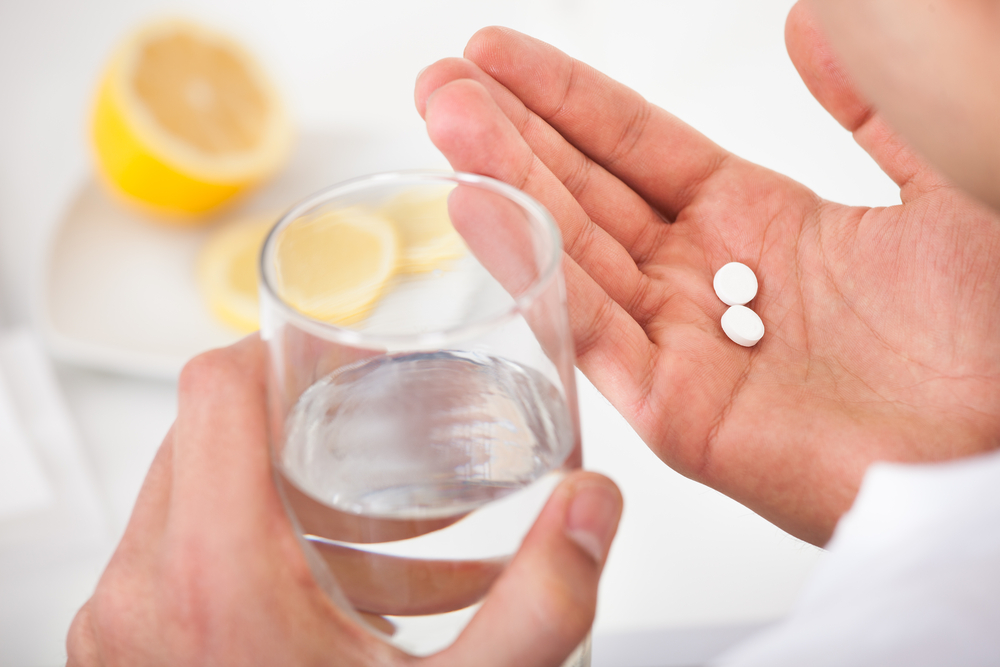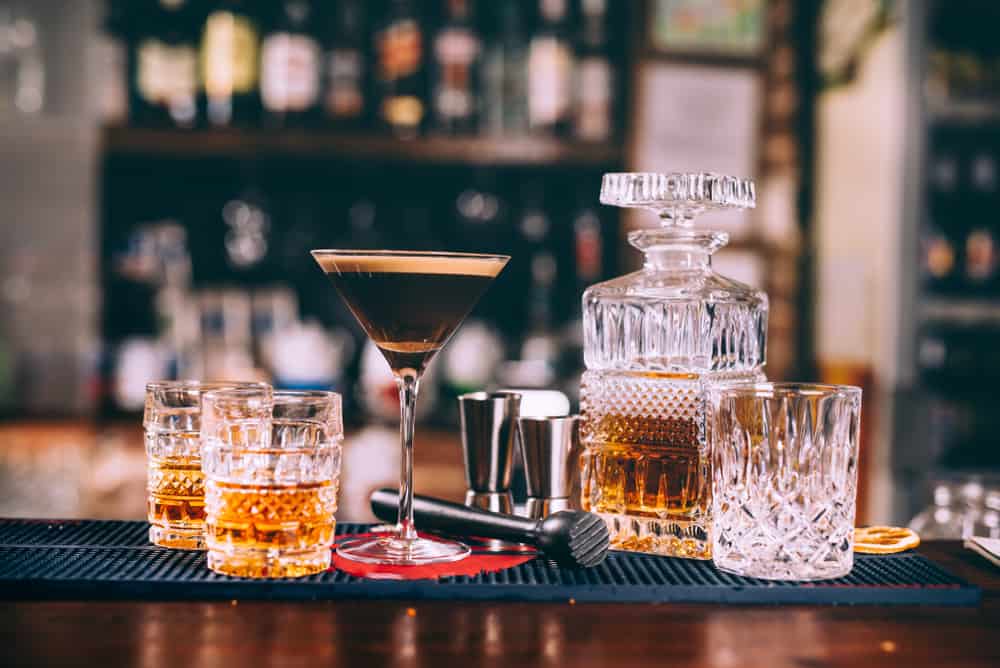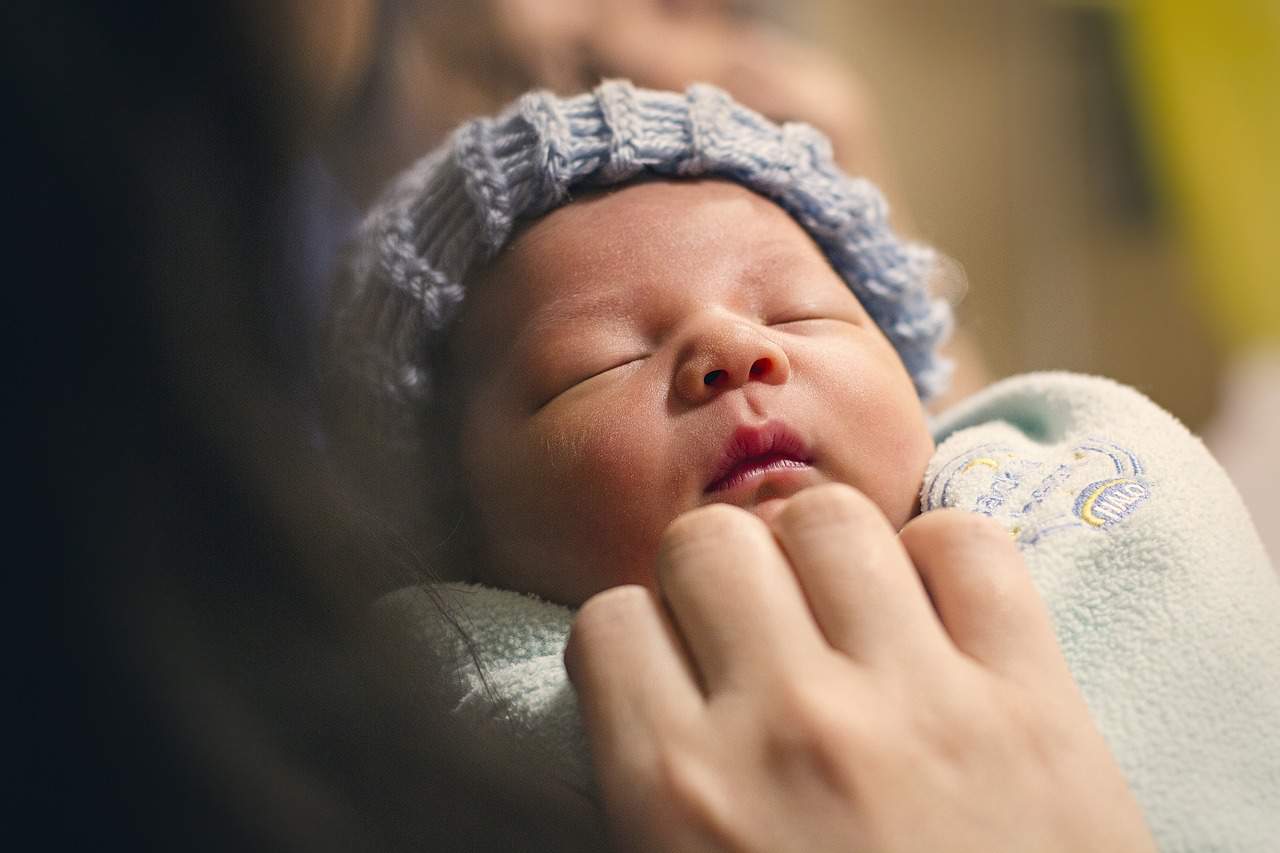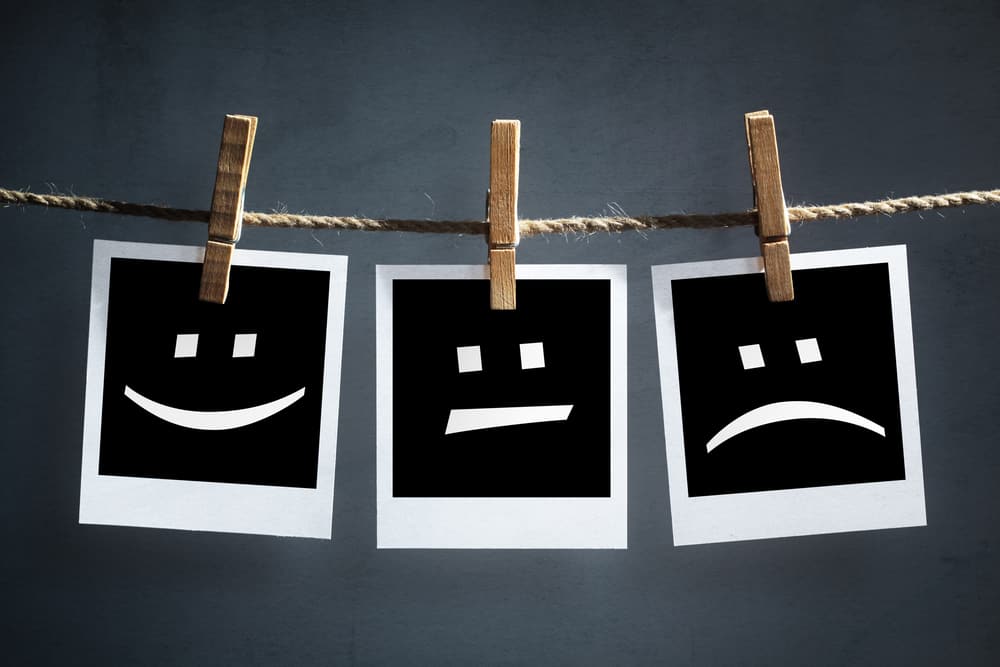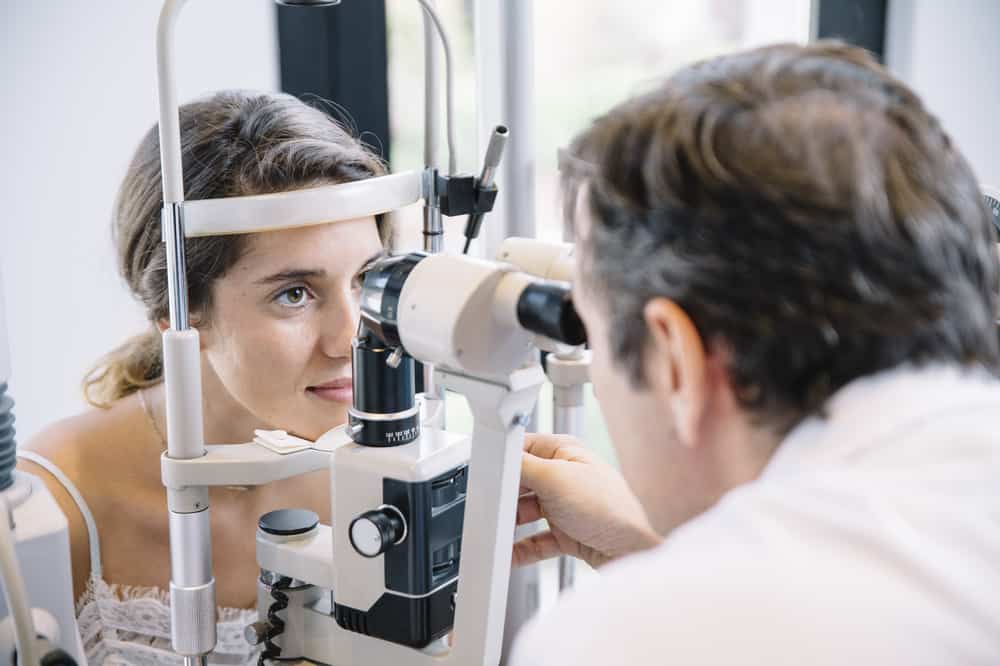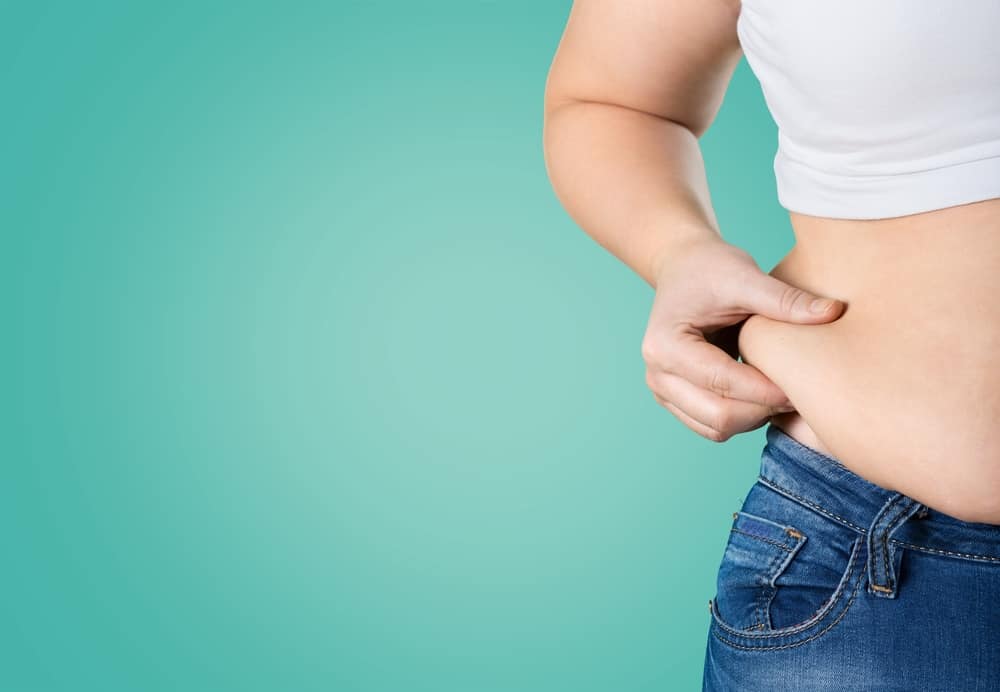Contents:
- Medical Video: 6 Things You Should Never Do After Eating
- The best food to consume while taking antibiotics
- 1. Food sources of probiotics
- 2. Prebiotic food sources
- 3. Foods rich in vitamin K
- Keep eating too after the medicine runs out
Medical Video: 6 Things You Should Never Do After Eating
Maybe you have been thinking that just taking antibiotics is enough to get well soon. In fact, this is not the case. What you eat during treatment can help speed up the healing process. Moreover, antibiotics also risk causing various side effects of digestive problems, such as diarrhea, nausea, and flatulence that make it uncomfortable to move.
Well, below are the best food choices to speed up recovery while reducing drug side effects, which you can eat during and after taking antibiotics until they run out.
The best food to consume while taking antibiotics
Antibiotics work against bacteria in the body. However, antibiotic substances cannot distinguish between good and bad bacteria (causes of disease). All will be eradicated indiscriminately.
In fact, there are millions of good bacteria in our intestine that are indeed the duty to maintain the body's resistance to fight infection. Good bacteria work to protect the intestinal lining and help improve intestinal performance in absorbing nutrients from food, which ultimately helps strengthen the immune system.
Unfortunately, antibiotics will also kill most of the good bacteria in our body. That's why body stamina can quickly decrease during and after taking antibiotics. Well, some of these foods can help you naturally increase levels of good bacteria in the intestine.
1. Food sources of probiotics
Probiotics are good bacteria that are usually found in fermented foods. For example, yogurt, tempeh, kefir milk, and kimchi.
In addition to increasing endurance, probiotics can also help reduce some antibiotic side effects such as flatulence and diarrhea. Several studies have shown that taking probiotics is very effective in reducing the risk of diarrhea due to side effects of antibiotics.
But remember: because antibiotics can kill good bacteria, do not immediately eat food sources of probiotics after taking antibiotics. Give pause for at least two hours after taking antibiotics to eat probiotics.
2. Prebiotic food sources
Prebiotics are a type of fiber that is not easily digested, which is often contained in your daily diet. Prebiotics are foods for probiotics so they can continue to multiply in the body. The more good bacteria in your intestine, the easier it is for the body to fight disease.
Some examples of high-prebiotic foods are onions, garlic, and bananas. Some processed foods such as yogurt, baby formula, cereals, and bread have also been added (fortified) prebiotics in the manufacturing process,
On food packaging labels, prebiotics usually appear with the name:
- Galactooligosaccharides (GOS)
- fructooligosaccharides (FOS)
- Oligofructose (OF)
- Chicory fiber
- Inulin
But remember: prebiotics are fiber. If you consume too much, you can experience bloating. So, add prebiotic foods slowly and in small amounts while you take antibiotics.
3. Foods rich in vitamin K
Vitamin K deficiency can be one of the side effects of taking antibiotics. Because, some types of good bacteria produce vitamin K which the body needs to help with the blood clotting process.
To reduce the side effects of this antibiotic, you can multiply eating cabbage, spinach, turnip greens, and mustard greens during and after treatment.
Keep eating too after the medicine runs out
Even though the antibiotics are up, it's a good idea to keep the foods above regularly to balance the levels of good bacteria in the intestine as usual.
Also add fibrous food afterwards. Fiber can stimulate the growth of good bacteria in the intestine to restore balance as usual. Fiber-rich foods include bananas, berries, peas, broccoli, beans and whole grains.

